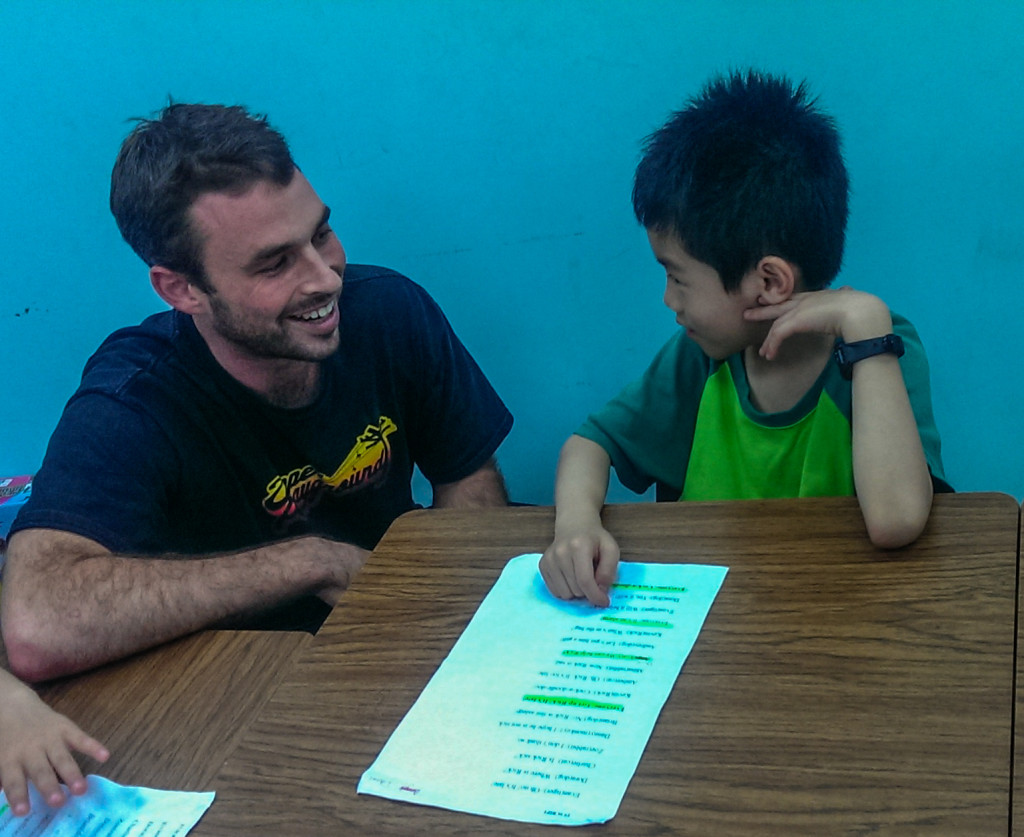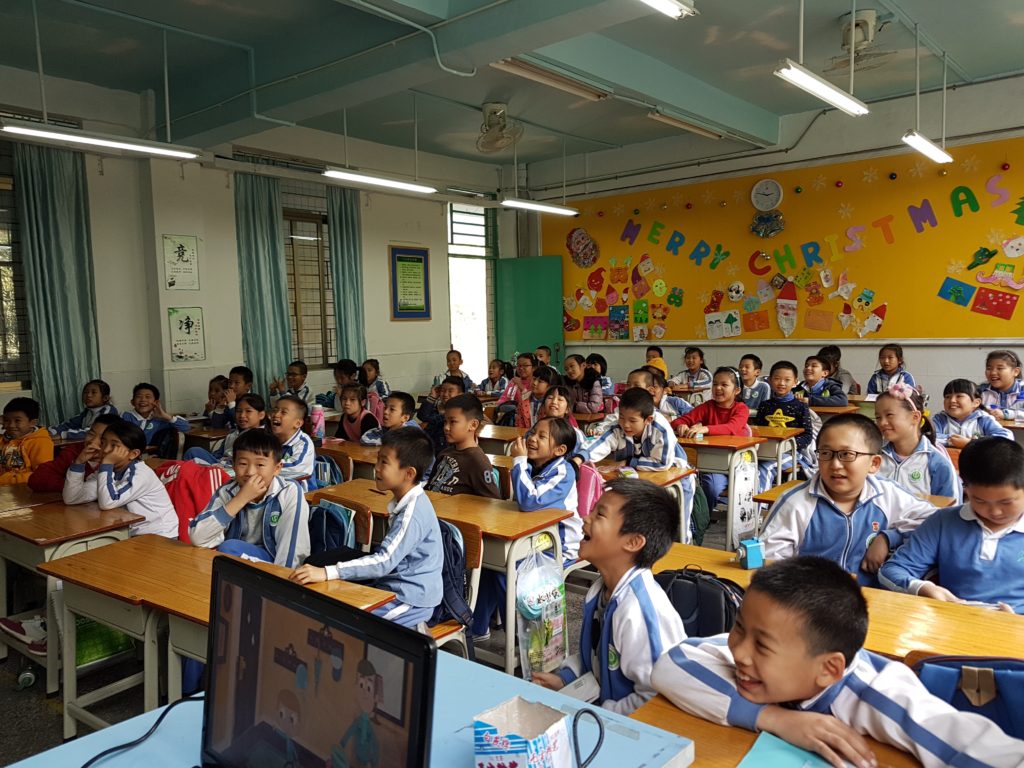How ESL Teaching is Unique

How ESL Teaching is Unique
For those of us who have worked with kids before, or who have sought out the advice of an experienced classroom teacher in our home country, we might think we know what we are getting into, but most of us don’t really understand how ESL teaching is unique until we embark on our teaching adventure abroad. Indeed, there are a lot of similarities between working with kids in your home country and working with ESL students – but the differences are going to be what is most challenging to you.
Here are a few things you will find that are completely new to you as you start your ESL teaching career, no matter how much experience you have had in a regular classroom.
Communicating with your students is a challenge
If you’ve worked with kids a lot, you are probably used to certain dynamics and certain ways of handling conflicts and behavioral problems. At the forefront of all of that is you ability to communicate simple things, such as what you want to happen and why.
When you step into the ESL classroom, a lot of that goes out the window. Unless you are teaching a pretty advanced class, or have an extremely patient co-teacher who can translate everything for you, you’ll have to develop strong instincts about your students, and creative ways of handling issues when you have little to no common language.
And you’ll get really, really good at charades.
Your co-teacher is also a translator
Many classrooms have assistant teachers or co-teachers. They help keep students focused and behaving, help get materials together and with grading. But in the ESL classroom, they also have one important additional role: they are your translator.
Whether it is stepping in to communicate the details of an assignment that’s slightly too complicated for you to convey to English beginners, talking with parents who have limited English ability, or disciplining the students in their own language, you’ll often find yourself standing by while your co-teacher steps in, which can be an awkward feeling if you’re not used to it and don’t understand the local language. If you need more help on how to work better with your co-teacher, please visit our article on Co-Teaching Relationship: Success Vs. Failure.
Your co-teacher will probably have way more teaching experience than you
Generally, in most schools, an assistant teacher is just that: an assistant, getting experience and on-the-job training to become a full-fledged classroom teacher. In ESL, it’s very different.
An ESL teacher could be fresh off the plane, and end up working with a co-teacher who has been at the school for over a decade. The line can, at times, blur as to who is really in charge, and can lead to friction, so ESL teachers have to be particularly aware and conscientious about the teacher/co-teacher dynamics.
The curriculum is designed by the school
In the ESL classroom, there is no standardized curriculum as you’ll find in most schools back home. You’ll be working with materials and lessons designed by the school, and sometimes you will have to create them yourself.
This can be good in the way that it gives you a lot more freedom to be creative with your lessons, but it can also create frustration when the curriculum is poorly designed.
You play more games
This is partly because classes are usually after regular school hours and students are tired, and partly because games are one of the most effective ways of teaching natural language use. Whatever the reason, as an ESL teacher, you will need to have a pretty big repertoire of games and fun activities for your students to keep class fun and light.
Classes are often outside of regular school hours
One big perk of teaching is the schedule. Holidays and summers off, and finishing work by mid-afternoon are the norm. However, if you are like most new ESL teachers, you’ll be working at a cram school, and your hours will be very different. Summers and holidays will often be your busiest times as parents try to cram in as many hours as possible during regular school breaks.
Most of your classes will go later into the evenings and occasionally on the weekends. While the schedule can be great (especially if you’re not a morning person) it takes a little adjusting to if you are thinking in terms of primary school teacher’s schedule.
Your students’ ages are mixed
Generally, at a cram school, you won’t teach just 3rd grade. You’ll teach an intermediate class, which will have students from a range of ages usually spanning a few years.
Just as any class, it will also have students with a wide range of abilities, which means that you have to learn how to teach both to students who understand you instantly and are ready to move on to the next thing and to students who need you to repeat instructions 3 or 4 times, slowly, until they even understand what to do.
Your school is a business
The subtleties of this one are easily overlooked, but can have a huge impact on your day-to-day teaching experiences. At a public school, students are placed in grades based on their age, and moved to the next grade or held back based on academic performance.
In a cram school, administrators often concede to parents who think their kid should be farther along, and put the child in too advanced a class. If they don’t, the parent will take the child and their tuition to another school. You’ll figure out pretty quickly which students shouldn’t be in your class, and might be told by administration to go a little easier on them in your tests.








